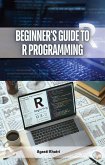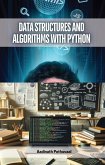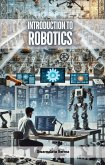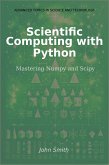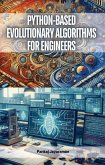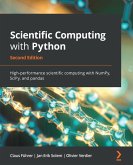Python's popularity in scientific circles stems from its readability, versatility, and extensive libraries for numerical computing, data analysis, and visualization. We cover fundamental programming concepts and gradually introduce advanced techniques specific to scientific applications.
From mastering Python basics to exploring advanced topics like machine learning and symbolic mathematics, each chapter provides a structured and hands-on learning experience. Real-world case studies, practical examples, and exercises ensure readers grasp theoretical concepts and gain practical skills.
Throughout the book, Python becomes a tool of empowerment, enabling readers to unravel complex scientific data, model intricate phenomena, and contribute meaningfully to their fields. "Introduction to Scientific Programming with Python" is an invaluable companion for harnessing Python's potential in scientific inquiry and discovery.
By the end, readers will have a robust foundation in Python and the confidence to apply scientific programming methodologies to real-world problems. This book unlocks the door to a world where Python drives exploration, discovery, and innovation in science.
Dieser Download kann aus rechtlichen Gründen nur mit Rechnungsadresse in A, B, BG, CY, CZ, D, DK, EW, E, FIN, F, GR, H, IRL, I, LT, L, LR, M, NL, PL, P, R, S, SLO, SK ausgeliefert werden.



